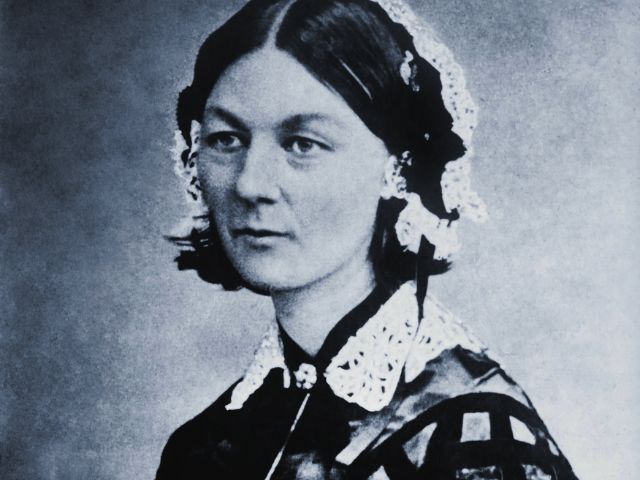What are the nine provisions?
1. “The nurse practices with compassion and respect for the inherent dignity, worth, and unique attributes of every person.”
Example: A nurse has a culturally different patient. The nurse researches the culture and asks the patient about any cultural considerations they should be mindful of.
2. “The nurse’s primary commitment is to the patient, whether an individual, family, group, community, or population.”
Example: An elderly patient would like to start hospice care, but the family would like to continue the current treatment plan. The nurse listens to the loved ones’ concerns but puts the patient’s desires ahead of the loved ones. The nurse also explains to the loved ones the patient’s wishes take priority.
3. “The nurse promotes, advocates for, and protects the rights, health, and safety of the patient.”
Example: An elderly patient has increasing levels of pain. The available interventions are no longer effective. The nurse contacts the physician and asks if there are other treatment options available to the patient for pain relief and comfort.
4. “The nurse has authority, accountability, and responsibility for nursing practice; makes decisions and takes action consistent with the obligation to promote health and to provide optimal care.”
Example: A nurse notices a patient is declining and suspects they will need more assistance. The nurse calls the rapid response team to prevent further decline.
5. “The nurse owes the same duties to self as to others, including the responsibility to promote health and safety, preserve wholeness of character and integrity, maintain competence, and continue personal and professional growth.”
Example: A patient is verbally assaulting the nurse. The nurse informs the patient they will not tolerate this kind of behavior. The behavior continues. The nurse gets their supervisor involved to talk to the patient.
6. “The nurse, through individual and collective efforts, establishes, maintains, and improves the ethical environment of the work setting and conditions of employment that are conducive to safe, quality healthcare.”
Example: A nurse manager notices a staff member is not using proper hand hygiene. The nurse manager approaches the staff members and gently reminds them of proper hand hygiene techniques.
7. “The nurse, in all roles and settings, advances the profession through research and scholarly inquiry, professional standards development, and the generation of both nursing and health policy.”
Example: A nurse joins a group responsible for overseeing that the facility is following evidence-based practices.
8. “The nurse collaborates with other health professionals and the public to protect human rights, promote health diplomacy, and reduce health disparities.”
Example: A nurse works with other members of professional organizations to strengthen connections that will be mutually beneficial to their organization and patients.
9. “The profession of nursing, collectively through its professional organizations, must articulate nursing values, maintain the integrity of the profession, and integrate principles of social justice into nursing and health policy.”
Example: A nurse joins a group that promotes social justice in healthcare.








